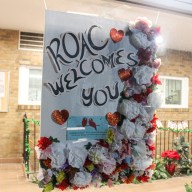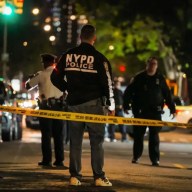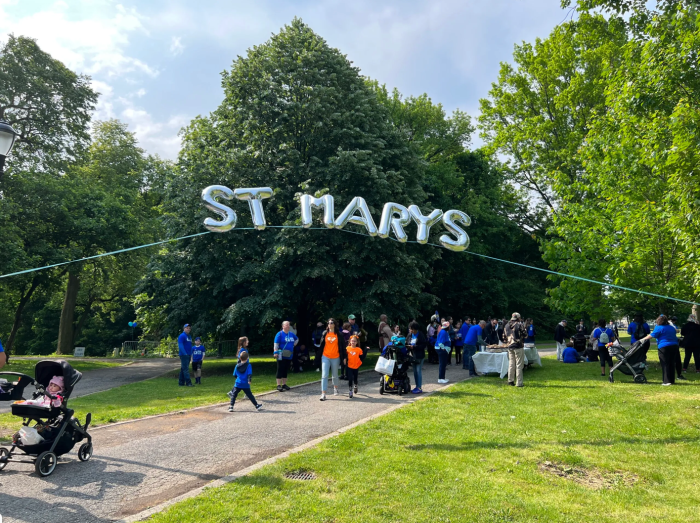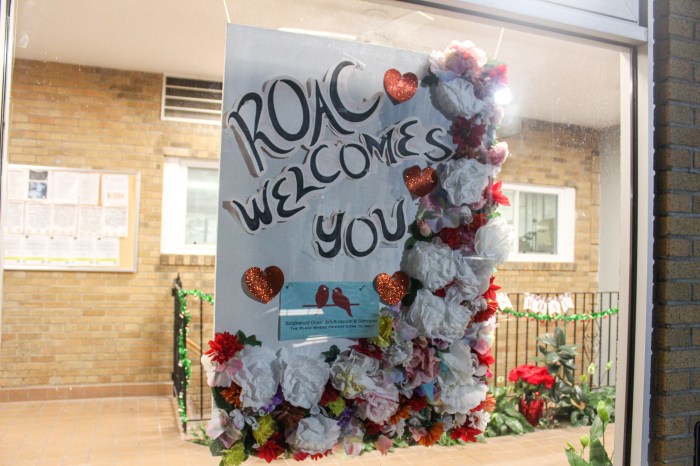By David J. Glenn
Broadway is just now rebounding from the effects of Sept. 11, but the city’s non-profit cultural institutions, including many venues in Queens, are being hit on several sides:
People are tending to “nest” at home and going out less frequently; there’s a drop in contributions from corporations and foundations; and in perhaps the hardest blow, the city has announced deep funding cuts for the arts.
In a study conducted over the last two months following Sept. 11, the Center for an Urban Future — a New York City-based think tank founded in 1996 that reports on city issues — analyzed the fiscal health of the arts and culture in New York.
The patient is alive but not fully kicking.
Here are some of the findings:
• All of the 150 organizations surveyed “have already seen or expect to experience substantial economic losses over the next three months,” researchers said.
• Most fund-raisers brought in fewer dollars than anticipated.
• An estimated 2,000 scheduled school trips to arts organizations were canceled since Sept. 11.
• The center warns that “large-scale layoffs (at the arts venues) are coming.”
Queens Theatre in the Park has already lost about $450,000 of its $2.5 million annual operating budget, Executive Director Jeff Rosenstock told the TimesLedger. “But we’re determined to keep all our shows intact,” he said.
Although all arts groups in the city are affected — “everyone’s taking a hit,” Rosenstock said — the QTP had an added problem simply from bad luck.
It happened to make its annual direct-mailing of 100,000 brochures the week of Sept. 11. A large chunk of the full-color, glossy brochures never reached subscribers and supporters, and while the mailing usually would generate some $200,000 in ticket sales, the figure was closer to $120,000 this year, Rosenstock said. The direct mailing, combined with publicity elsewhere, is “our bread and butter” for bringing in advance sales, he said.
No full-time employee at QTP has had to be laid off — at least not yet — but many part-time jobs have been eliminated and absorbed into full-time slots. Also, the performing artists have been asked to take a 10 percent pay cut. Most have agreed to it, Rosenstock said.
At the Thalia Spanish Theatre in Sunnyside, “it’s gotten tight,” said Kathy Giaimo, the administrative director. But the fiscal blows have been cushioned by a loan the theater had previously taken out against half of its city funding. “We’re not missing any payments” on bills, she said.
Asked if any layoffs were predicted, Giaimo stressed the theater has only two full-time people — herself and Director Angel Gil Orrios — and two part-timers. “We couldn’t lay off anyone and still operate the theater,” she said.
Wages have been frozen, but the four are not complaining. “A lot of people have nothing” after Sept. 11, Giaimo said.
The theater’s operating expenses of about $30,000 a month are covered from government sources, foundation and other grants, and box office receipts, she said.
Officials of the American Museum of the Moving Image in Astoria expect a shortfall of $50,000 to $100,000 from its fall fund-raising, said the Center for an Urban Future report, mainly because many companies and individuals who had been large-scale donors have suffered their own financial losses because of Sept. 11.
The Museum of Modern Art, which plans to move temporarily to the Swingline building in Long Island City while it renovates its Manhattan headquarters, is fearful that it will have difficulty finding funds to complete the last leg of the project.
“My sense is that fund-raising will be twice as hard as it was before, and we are all going to readjust our expectations,” said Glenn Lowry, head of MoMA.
The report also cited several Queens institutions that responded to the Sept. 11 tragedy by doing what they always do — offering respites from the burdens of modern life. Children’ museums in the city including the New York Hall of Science in Flushing Meadows Corona park “all decided within one hour of the attacks to open for free on the weekend,” the CUF reported, and the AMMI tailored some of its schedule to deal with the emotions and problems of the disaster, as did the Jamaica Center for Arts and Learning.
Bucking the overall trend, the Jamaica Center for Arts and Learning, the Queens Zoo and the libraries in Queens have recorded a rise in attendance “as people seeks them out for solace in the wake of the attacks,” the report said.
Government funding is the shakiest right now, arts officials agreed. Mayor Giuliani has already announced that funding for the arts will be cut by 15 percent overall, but “we don’t know yet who will be cut by how much,” said Stephen Malmberg, marketing and communications director for the Queens Museum of Art, which gets at least $1 million of its $2.8 million annual operating budget from the city.
“It’s a wait-and-see situation,” he said.
Reach News Editor David Glenn by e-mail at glenn@Timesledger.com or call 229-0300, Ext. 139.
































